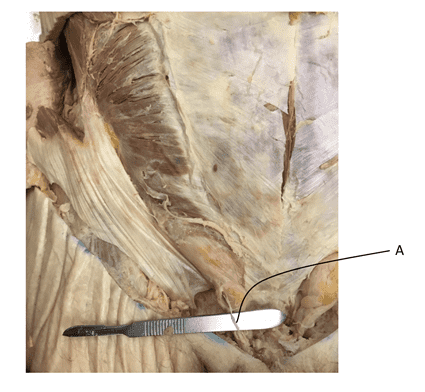

A sensory receptor consisting of finely myelinated or unmyelinated ends of the axons of nerve fibres, located throughout the body but concentrated mainly in the dermis or epidermis of the skin, in certain mucous membranes, in the corneas of the eyes, adjacent to the roots of hairs, and around the bodies. If the stimulus is removed, the corpuscle regains its shape and while doing so (ie: while physically reforming) causes another volley of action potentials to be generated.īecause of their superficial location in the dermis, these corpuscles are particularly sensitive to touch and vibrations, but for the same reasons, they are limited in their detection because they can only signal that something is touching the skin.įeelings of deep pressure (from a poke, for instance) are generated from Pacinian corpuscles (the only other type of phasic tactile mechanoreceptor), which are located deeper in the dermis, and some free nerve endings.Īlso, Meissner's corpuscles do not detect pain this is signalled exclusively by free nerve endings. 'free nerve ending' published on by null. (This is the reason one stops "feeling" one's clothes.) Since they are rapidly adapting or phasic, the action potentials generated quickly decrease and eventually cease.
Function of free nerve endings in skin skin#
They are slow to adjust to a stimulus and so are less sensitive to abrupt changes in stimulation. Merkel nerve endings are found in the skin of all vertebrates, functioning as mechanoreceptors. Free nerve endings are sensitive to painful stimuli, to hot and cold, and to light touch. The rate at which they are lost correlates well with the age-related loss in touch sensitivity for small probes (Thornbury and Mistretta, 1981).Īny physical deformation in the corpuscle will cause an action potential in the nerve. Skin receptors (known as mechanoreceptors and cutaneous receptors also) enable us to detect the location of the stimulus when an outer force (i.e., touch, pressure, stretching, vibration, motion) applied and deformed our skin (Table 3.4) Each of the receptors is sensitive a specific type of stimulus. A free nerve ending is an unencapsulated dendrite of a sensory neuron they are the most common nerve endings in skin. The number of Meissner corpuscles per square millimeter of human skin on the fingertips drops fourfold between the ages of 12 and 50. The corpuscle is between 30-140 μm in length and 40-60 μm in diameterĪ single nerve fiber meanders between the lamellae and throughout the corpuscle.

Meissner's corpuscles are encapsulated unmyelinated nerve endings, which consist of flattened supportive cells arranged as horizontal lamellae surrounded by a connective tissue capsule. They are primarily located just beneath the epidermis within the dermal papillae. They are distributed throughout the skin, but concentrated in areas especially sensitive to light touch, such as the fingertips, palms, soles, lips, tongue, face and the skin of the male and female genitals.


 0 kommentar(er)
0 kommentar(er)
